How to use an Indesit dishwasher
 Even though dishwashers have intuitive and logical controls, the manufacturer’s instructions are still worth reading, because only it will help you learn all the functionality of your new “home assistant.” But what to do if you don’t have time to read hundreds of pages of documentation, or you simply don’t have it on hand at the moment? For this situation, we have prepared a detailed guide on how to use an Indesit dishwasher.
Even though dishwashers have intuitive and logical controls, the manufacturer’s instructions are still worth reading, because only it will help you learn all the functionality of your new “home assistant.” But what to do if you don’t have time to read hundreds of pages of documentation, or you simply don’t have it on hand at the moment? For this situation, we have prepared a detailed guide on how to use an Indesit dishwasher.
Getting ready to use the dishwasher
The first step after purchasing any dishwasher is a dry start. You should not immediately load the equipment with a mountain of dirty dishes; instead, the machine should be completely empty when you start the first working cycle. Why is this necessary?
- This wash cleans the inside of the unit to remove any traces of oil, dust and dirt that may have remained during factory assembly.
- Also, using a test cycle, you can make sure that the connection to the water supply and drainage is reliable, nothing is leaking, and the PMM itself is working properly.
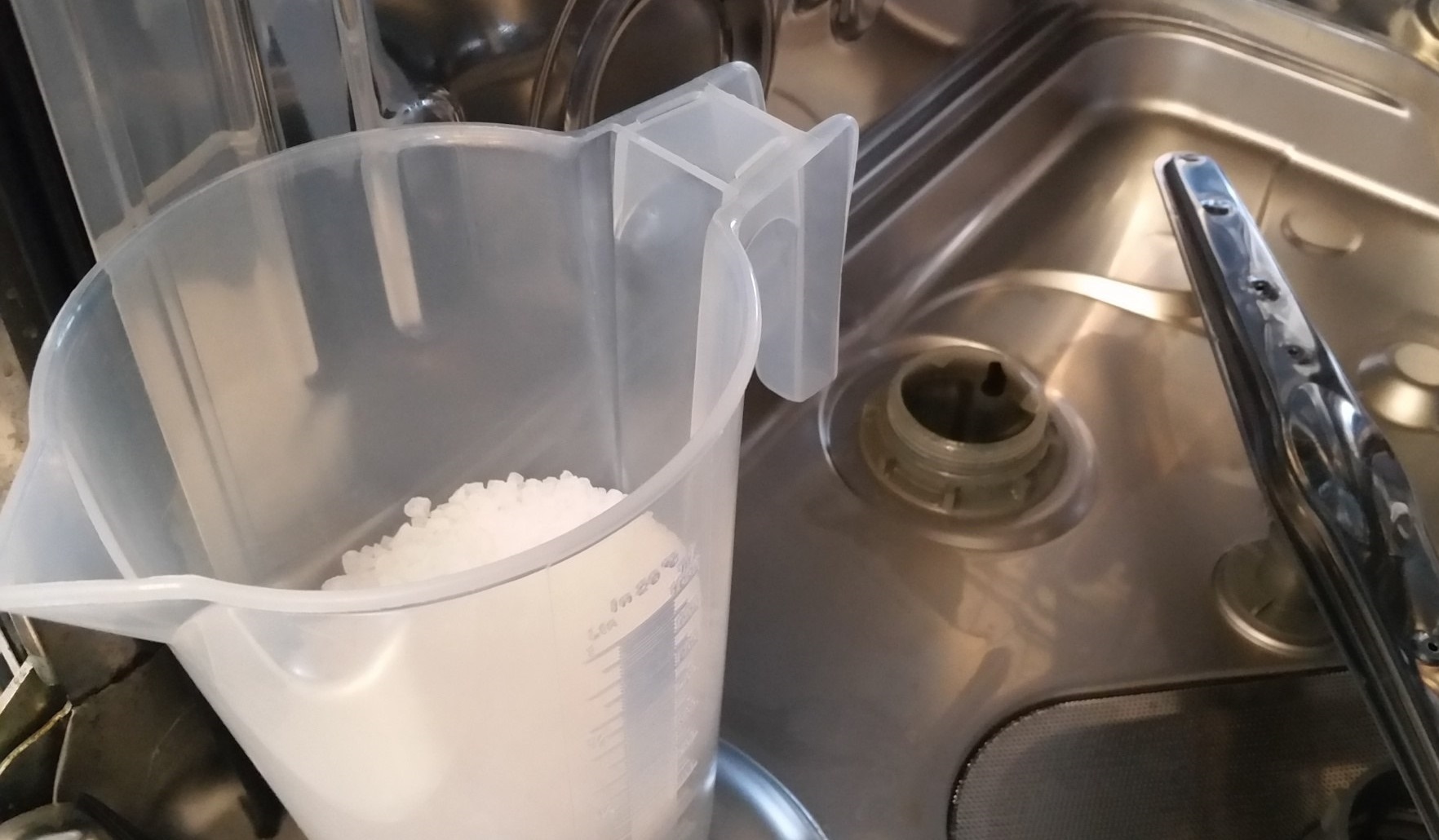
If the test is successful, then only then can you begin preparing for normal operation of the equipment. Load about a kilogram of special salt into the salt hopper located at the bottom of the washing chamber. Pour the powder or 3-in-1 tablet into the detergent compartment and fill the rinse aid compartment with the appropriate detergent. Finally, prepare the dirty dishes and place them properly in the baskets before closing the dishwasher door. The car is ready to start.
How to put items in baskets?
From the outside it may seem that there are no important nuances in loading dishes - just place the plates with cutlery in baskets and you're done. However, there are a number of rules for arranging tableware, without following which after washing you can end up with dirty dishes, as if there was no washing at all. Each element of tableware must be in its place in the washing chamber, otherwise after the working cycle it may well seem to you that the equipment is defective or simply of poor quality.
To prevent this from happening, almost all Indesit dishwashers have two baskets for dishes, as well as one additional basket for small cutlery. The upper basket is for small items, such as mugs, dishes, bowls and others, while the lower basket is for larger items, such as frying pans, pots, baking trays and large plates. In many PMMs, the baskets can be adjusted in height to optimally use the entire space of the washing chamber and accommodate more dishes that will be washed evenly on all sides.
To get even more space for cutlery items, the vertical holders found in most Indesit dishwashers can be folded out of the lower basket.
Small cutlery is usually placed in a special tray, which is in a vertical position. This applies to forks, spoons, knives, small spatulas and other items. When placing cutlery in the washing chamber, follow the instructions.
- Always first clean the dishes from pieces of food, seeds, napkins and other things that can clog the PMM garbage filter.
- Rinse greasy and extremely dirty dishes under strong, hot water before placing them in the dishwasher. This is especially true if your home aid does not have a soak or pre-rinse setting.
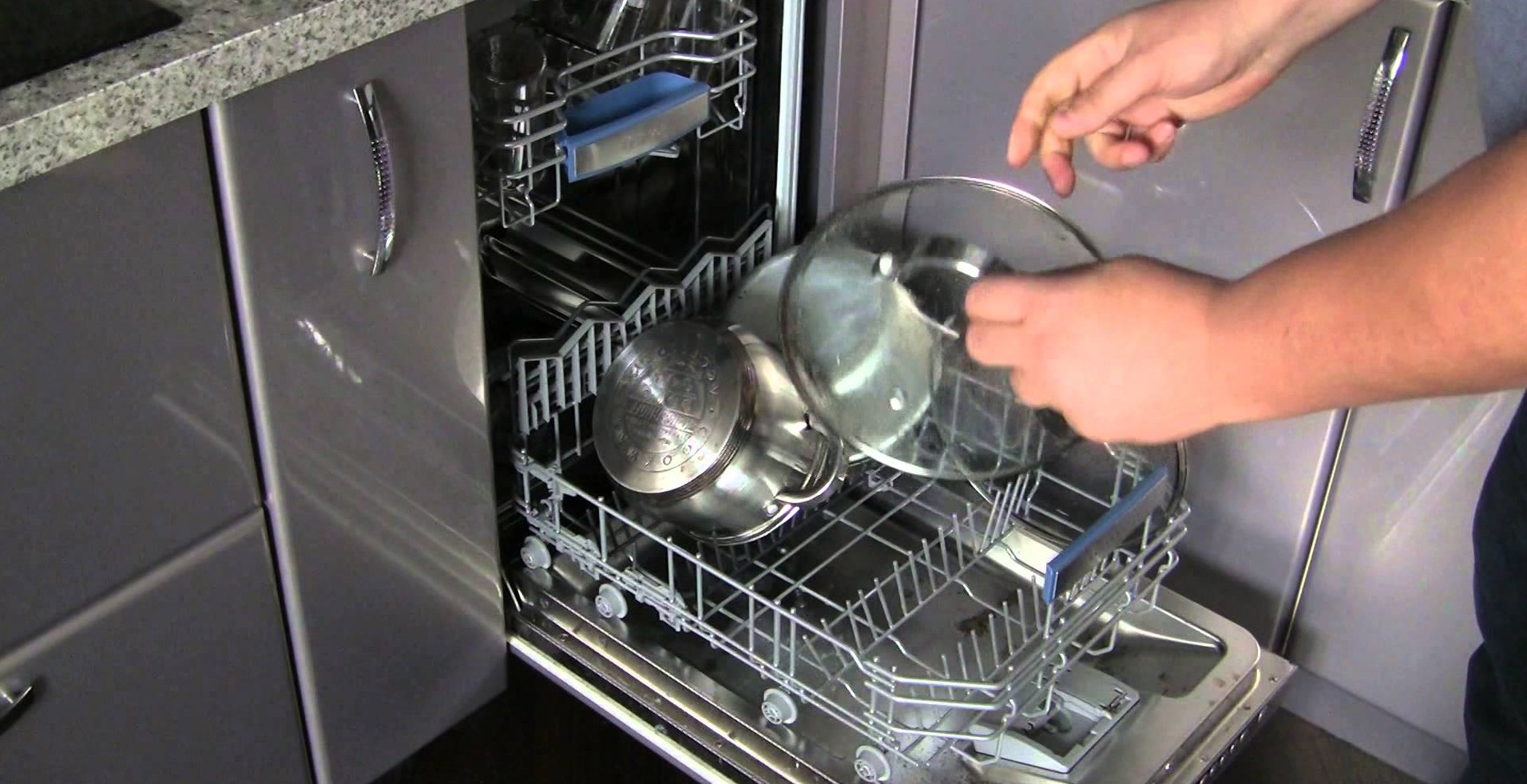
- Fill the lower basket with large dishes first, and then move on to small dishes and the upper basket.
- Place plates, tureens and salad bowls with the inside facing the center.
- Large plates should be placed at the edge of the basket, and small plates should be placed closer to the center. Also, it is necessary to leave a gap between tableware, otherwise they will not be washed properly with jets of water.
- Place glasses and glasses upside down in special holders so that water will drain from them.
- Dishes made of fragile glass should not touch the walls or other utensils, otherwise there is a high risk of breaking items made from delicate materials.
- Place forks, spoons, knives and other cutlery with the handles down, so the water will drain better.
- Do not wash heavily soiled dishes, such as frying pans and baking trays, together with lightly soiled items.
- Place baking sheets in the PMM sideways, pots and pans upside down.
- Never overload the dishwasher. Dishes should not lie on top of each other; absolutely every item should have access to water.
By following the listed series of recommendations, the dishes will always be crystal clean after washing.
Starting the program
You already understand that the most important thing in loading is to prevent a mountain of dishes from forming that blocks the spray arms. Before starting work, check again that the dishes in the basket are stacked correctly, there is a small gap everywhere, and the spray arms do not touch the dishes. After this, you can add detergent to the compartment and close the washing chamber door.
Now all that remains is to turn on the machine using the power button on the PMM control panel. Select the desired mode, activate additional functions if necessary and press the “Start” button. The dishwasher door will lock and the selected wash program will begin. When the working cycle is completed, you should remove all the dishes, and also carry out a series of actions to care for the equipment, which we will discuss in the next section.
Don't forget about dishwasher care
Proper use of a dishwasher involves not only preparatory work before washing, but also maintenance after washing. To ensure that your equipment works smoothly for many years and is always like new not only outside, but also inside, follow basic operating rules.
- After work, it is necessary to remove not only the dishes from the washing chamber, but also the garbage filter in order to rinse it under a powerful stream of water. The filter looks like a small mesh.
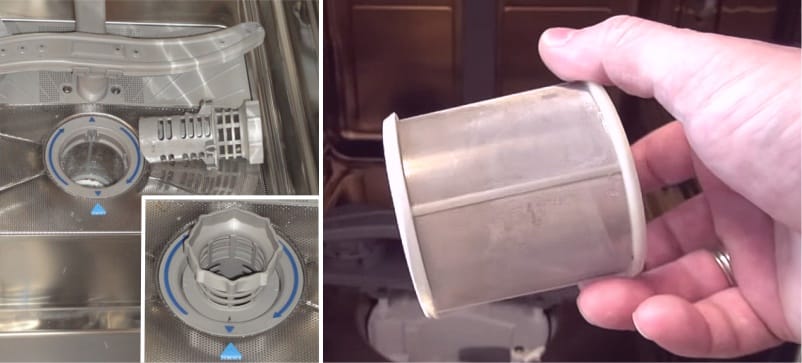
- Always carefully inspect the rubber seals along the contour of the chamber, as pieces of food and other debris often get stuck in them. After the working cycle, wipe the rubber bands with a wet cloth to remove debris, and then remove the moisture with a dry cloth.
- A dry cloth is also needed to remove moisture from the walls of the washing chamber. In addition, after each wash you should leave the door open to allow the machine to dry and ventilate. This action will also help to avoid the occurrence of unpleasant odors from the PMM.
- It is not necessary after each working cycle, but at least several times a month it makes sense to wipe the body of the machine in order to remove drops of water, dust, and drops of grease from dirty dishes.It is much easier to do this regularly and spend a couple of minutes of time than to then spend hours removing stubborn grease and dirt.
- Finally, you should definitely have your dishwasher professionally cleaned once every three months. To do this, you need to run a long washing mode, but load not the dishes, but a special cleaner against grease and scale. This product perfectly cleans all elements of the device, reaching even the most inaccessible places.
All the described actions take at most ten minutes of time, and some of the points only need to be performed a few times a month and even once a quarter. Moreover, if you do not follow them, then over time the quality of washing dishes will decrease, and the machine itself may even fail.
Interesting:
Reader comments
- Share your opinion - leave a comment
Categories
Washing machine repair


For buyers

For users

Dishwasher



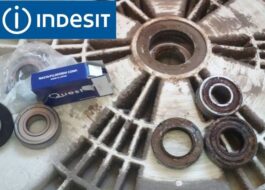


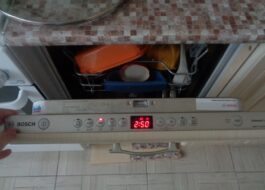










Add a comment